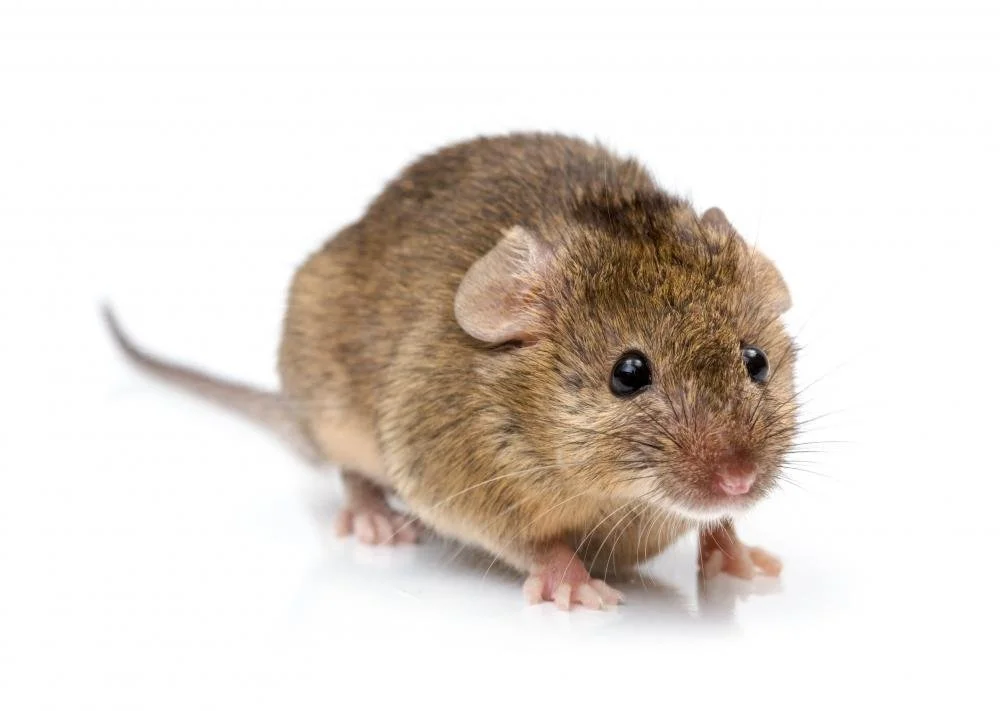"The best laid schemes o' mice and men
"Gang aft a-gley;
"And leave us naught but grief and pain
"For promised joy."
~ Robert Burns To a Mouse
Among the most common sounds of winter in the country, along with rustling leaves and crackling fires, is the scratching and scurrying that can be heard inside walls and rafters of almost every rural dwelling.
These are the sounds of the house mouse, mus musculus, one of the least welcome of guests and most difficult to dissuade. This uninvited visitor will eat, or chew on, almost anything and defecate everywhere. He contaminates food, causes damage to structures and property, and carries dangerous diseases.
Introduced by 16th century pilgrims in the holds of their Atlantic-crossing ships, house mice followed the progress of Europeans in the New World, traveling in wagons and rucksacks and saddlebags and trains and trucks and planes across the continent and back, occupying pantries from Maine to Malibu.
Grayish brown with a naked scaly tail, the pointy-snouted house mouse puts down 50 droppings a day, on average, and gives off 300 squirts of urine in between. Messy, ugly, and presumptuous, this uninvited guest inspires desperate measures.
First, you bar the doors. To "mouse proof" a house, you must eliminate all openings larger than 1/4 inch. Steel wool -- one of the few materials that resists their chewing -- can be used to seal cracks in foundations and openings for water pipes, vents, and utilities. Doors, windows and screens must fit tightly and their edges need to be plated with metal to prevent gnawing.
Then, you remove the welcome mat. Food is kept tightly under wraps, stored in metal containers or sealed away in freezers or refrigerators. This fellow is not one to share dinner with, not even the leftovers.
Still the mouse, a creature that squeaks for itself, will often find a way through the most conscientious of barriers and feed from the least likely of sources. Have you checked the cat food dish lately?
Some say the best deterrent to mice is a good mouser. Cats can certainly be voracious hunters, but some are too sporting with their catch and others grow weary of the game and learn to live peaceably with rodentia.
Sticky traps and poisons are effective, but a slow death by face plant can bother even the most vengeful of mouse-haters, and rotting corpses behind the refrigerator are equally unpleasant.
Another method of extermination, used by folks in rural areas, is to bait a pop or wine bottle with a narrow neck with something sweet or tasty. Bury the bottle outdoors near the house so that the top opening is roughly level with the ground. Mice will squeeze inside to get the treat and be trapped. In a few days, when the bottle is half full of furry critters, cap it and dispose; do not recycle!
No one enjoys killing the beady-eyed buggers, and some soft-hearted folks even resort to live trapping and relocation (to someone else's home?). The most humane and socially acceptable method or eradication is a quick death in a snap trap.
Flat as a nickel pancake he squeezes under the back door, avoiding the window screening, steel wool and hardware cloth. Compulsive and near-sighted, he follows his nose to the stale cheese snag-tied to the lip of a snap-trap's pallet. The sound you hear will be his last gasp as the spring-sprung bar takes his life away.
If you have the stomach for it, pry the mouse loose and reuse the trap.
